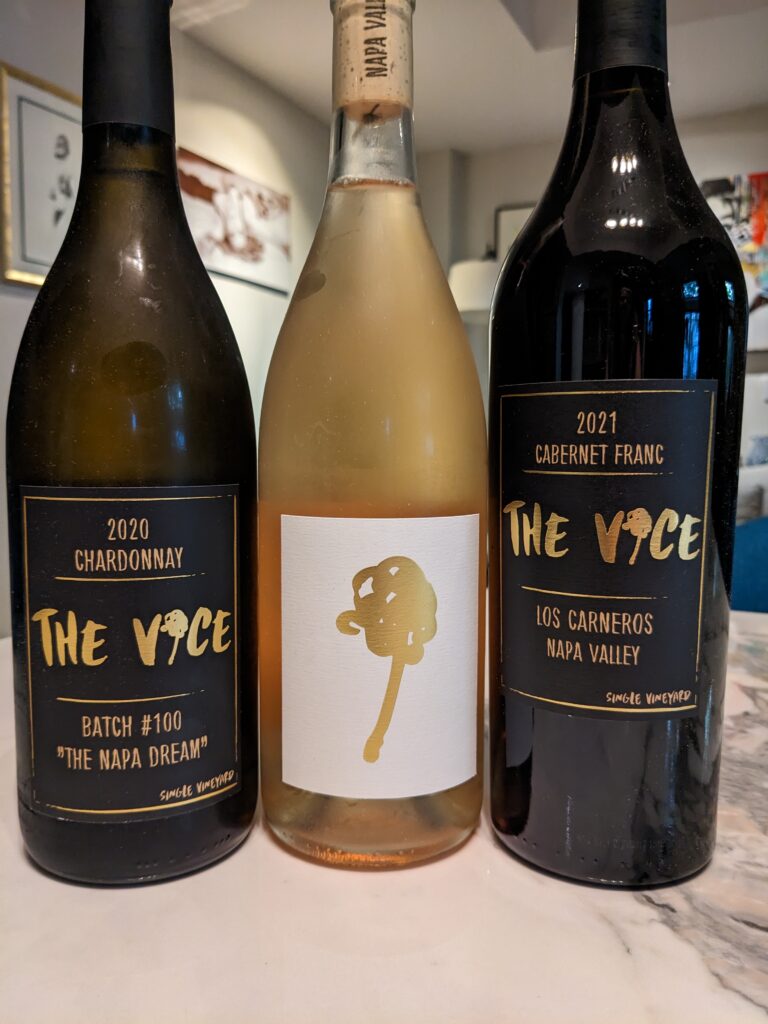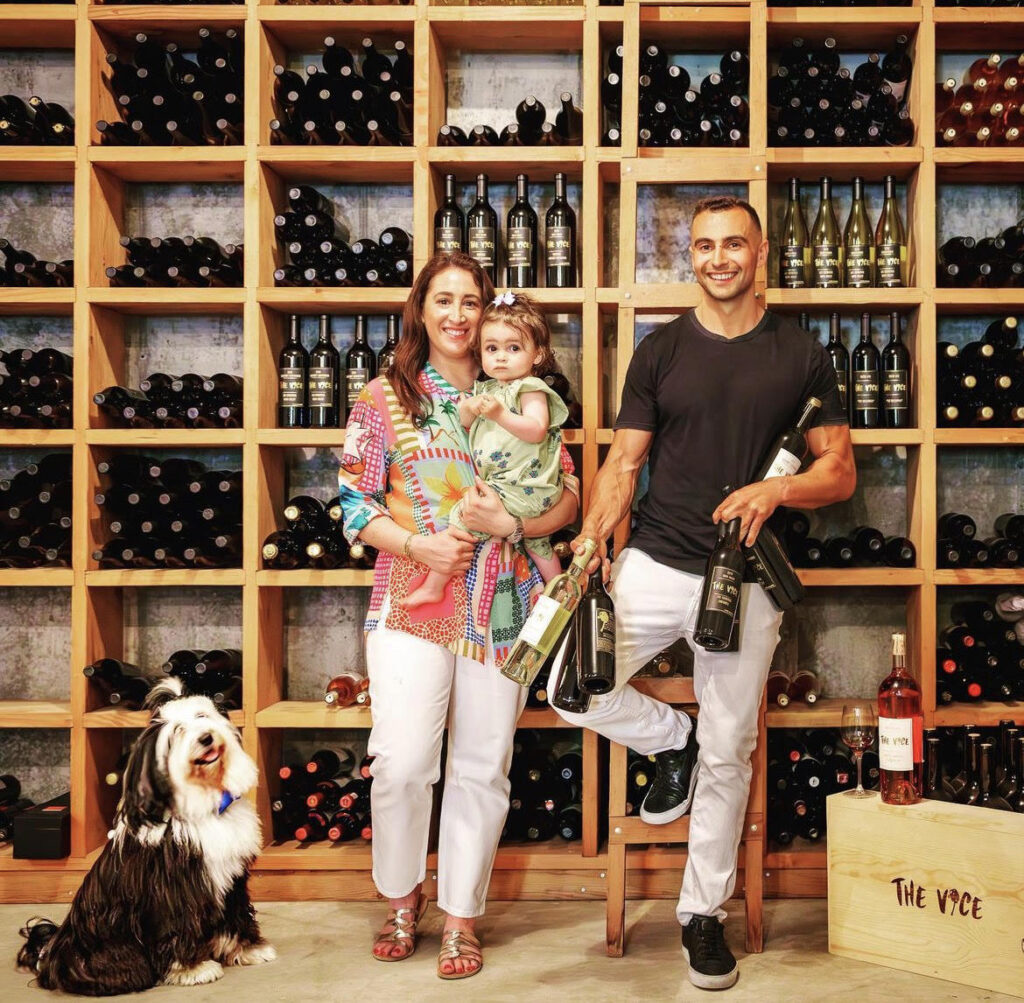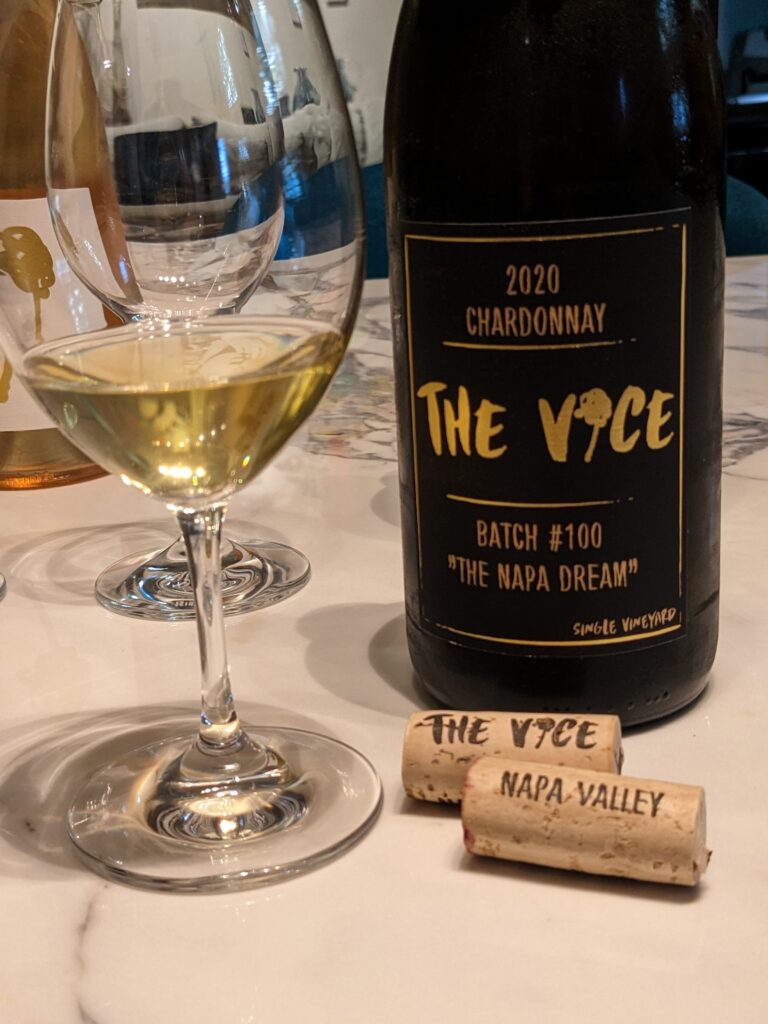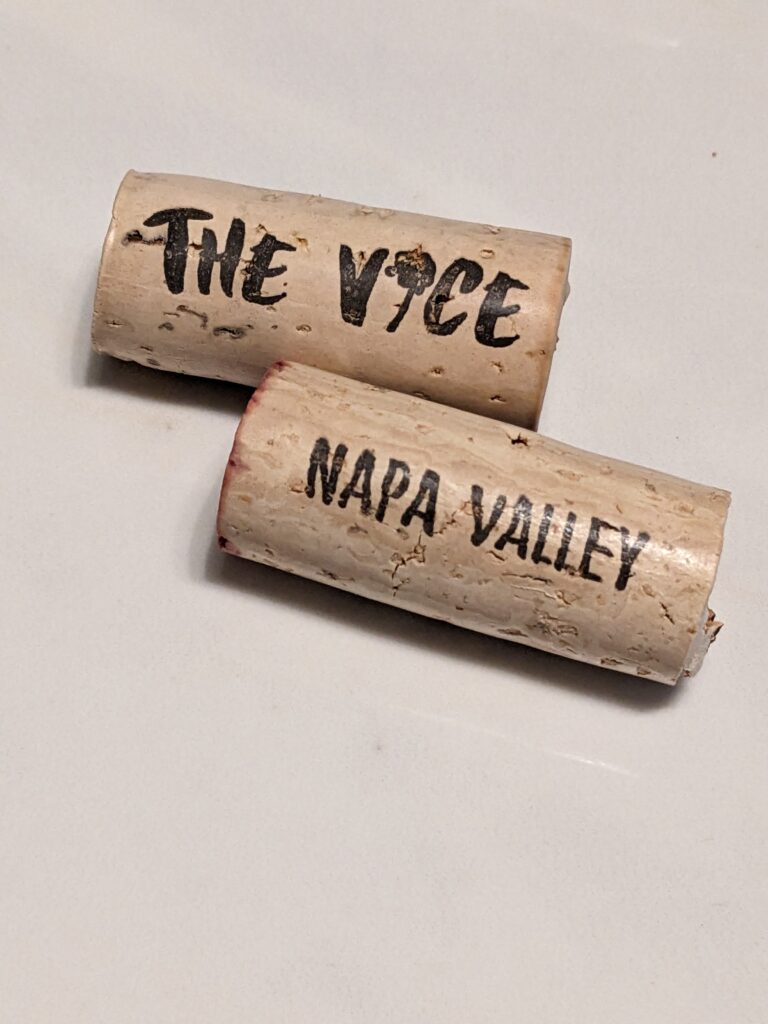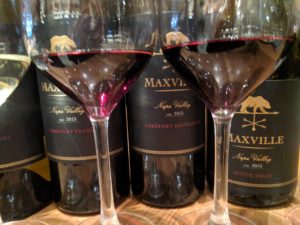 One of the beautiful things about wine is the way it brings people together. Sitting around with a glass or two (or more …) provides the opportunity to talk about the wine in question, but it just as easily opens the door for conversations about nearly anything. Such was the case when I met George Bursick, the new Executive Winemaker for Maxville Winery. His warmth is infectious, making you feel at ease and at home in his company and we shared lots of stories ranging from retirement destinations, home renovation projects, cheesecake recipes and dogs.
One of the beautiful things about wine is the way it brings people together. Sitting around with a glass or two (or more …) provides the opportunity to talk about the wine in question, but it just as easily opens the door for conversations about nearly anything. Such was the case when I met George Bursick, the new Executive Winemaker for Maxville Winery. His warmth is infectious, making you feel at ease and at home in his company and we shared lots of stories ranging from retirement destinations, home renovation projects, cheesecake recipes and dogs.
But, of course, we did also talk about wine. Graduating from what he refers to as the “famous UC Davis class of ’76,” George left the program with a master’s degree in Enology and quickly found work as winemaker for McDowell Valley Vineyards in Mendocino County. He then distinguished himself in the Sonoma Valley, with posts at Ferarri-Carano (where he was instrumental in building its varietal portfolio) and then at J Vineyards and Winery (expanding his repertoire to cool-climate Pinot Noir and Chardonnay), repeatedly earning top marks for his wines.
He left J Vineyards in 2011 to focus full-time on his wine consulting business, but, more recently, has been lured to that “other” valley by an opportunity, which he describes as his last vinous frontier – crafting Napa Valley Cabs. When asked why, he promptly replied, “Why not?” But, clarified his answer, noting that the chance to work with such great fruit in such an historic setting, coupled with the high end set up at Maxville, was just too exciting to pass up.
The 1,000-acre historic estate was once the site of a children’s summer camp and then home to Catacula Lake Winery, but was derelict for many years before it was purchased three years ago by Qinghai Huzhu Barley Wine Co., Ltd. in Haidong in China. Seeing the property’s great potential, the Chinese company spared no expense in outfitting the winery with top of the line equipment. It was this investment that was a big part of the appeal for George.
George is also enthusiastic about Maxville’s location in the Chiles Valley. A sub-appellation of the Napa Valley, Chiles Valley AVA was established in 1999, but its first vineyards were planted as early as the mid-1800s, and the Maxville site is part of the original land grant given to Joseph Chiles in 1844. Now home to some of the oldest vines in Napa County, the distinctive valley offers up high elevations that help to temper the climate and provide good diurnal variation, along with a long growing season that permits the vines to thrive and the grapes to reach full maturity.
With 100 acres of vines currently planted, and another 40 acres planned, Maxville relies solely on estate-grown fruit to produce its wines. Even at its current size, George acknowledges that not all of the fruit is worthy of the winery’s top wines and thus, they are launching a secondary label, Big Max, which will permit them to produce Napa Valley wines under $30.00. These wines are set to hit the market early in 2019.
And, as George begins to more fully understand the vineyards under his purview, he is exploring the use of different clones and seeing how these vines marry with the estate’s terroir. He is similarly energized about having these various clones as part of the ingredients from which to craft his wines in the state-of-the-art winery.
When asked about this greater reliance on winemaking technology since his days at Davis, George reflected that the bar has been considerably raised. He explained that, back then, it was enough to make reasonably good wine, but today’s consumer expects the highest quality. He feels that the technological tools help make that possible, but he also adds that, with this high-tech equipment, they have given him enough rope… If he can’t produce top wines with all of these bells and whistles at his disposal, he knows that his time at Maxville will be short.
Despite the possible pressure, George is thrilled about this new challenge and eager to put his personal stamp on the wines. In particular, he advised that his predecessor produced wines more Bordelais in style and noted that, having written his graduate thesis on Factors affecting Wine Body, he brings a fatness or heft to his wines, a style he will apply to the Maxville wines going forward.
When not immersed in winemaking, George likes to take the time to appreciate the non-vinous aspects of the Maxville estate, extolling its virtues as a peaceful, Buddhist-like sanctuary, complete with a large lake. The property also boasts a cook’s kitchen and guest entertainment such as ATVs and archery, but of course, these pursuits must be enjoyed before tasting the wines.
TASTING NOTES
In between our lively conversation over lunch, we tasted through the current selection of Maxville’s wines:
Maxville Sauvignon Blanc 2016, Napa Valley (CA), USA, SRP $33.99
Produced from the Musque clone, this wine was fresh and bright with slight floral and citrus aromas, with a dry palate displaying lovely, intense citrus and long length.
Maxville Cabernet Franc 2014, Napa Valley (CA), USA, SRP $66.99
This wine is a blend of 90% Cabernet Franc, with the remainder given over to Cabernet Sauvignon and Malbec. As vintages permit, George expects to increase the percentage of Cab Franc going forward and recently planted three different clones of the variety. With lush black fruit aromas, the wine offered up notes of boysenberry, black fruit, with just a hint of Cab Franc’s signature herbaceous character, balanced with nice acidity and a full body.
Maxville Cabernet Sauvignon 2014, Napa Valley (CA), USA, SRP $66.99
Compared to the Cabernet Franc, the Cabernet Sauvignon was a more structured wine, with darker black fruit aromas and flavors, firm tannins. It also showed good acidity and long length.
Maxville Petite Sirah 2014, Napa Valley (CA), USA, SRP $66.99
Maxville only produces a small quantity of this wine, given its tannic nature and need for lengthy aging to tame the tannins. It offered up lots of red fruit and was quite spicy on the nose and palate.
